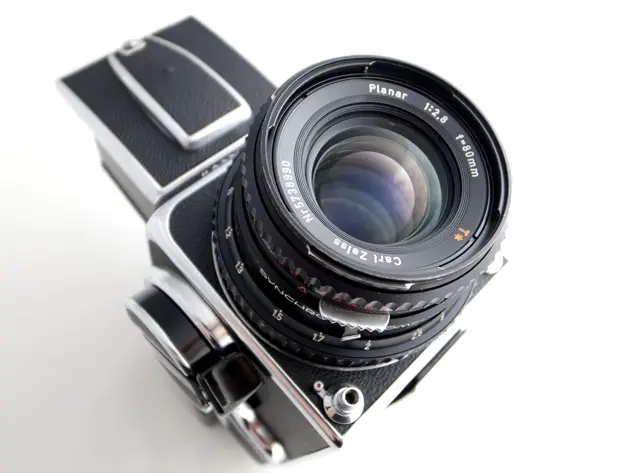

ETR was an acronym for Electronic, TTL-metering, Reflex. Advanced, compact, modular electronic 6x4.5 cm medium-format SLR camera system with a vast array of finders, film-backs, and other accessories. ETR: Introduced March 1976, production discontinued March 1980.
Bronica sq b hotshoe manual#
Bronica EC-TL (Electrical Control with Through-the-Lens aperture priority automatic exposure), introduced June 1975, EC-TL II (introduced October 1978) production discontinued March 1980 ĮTRSi 40th anniversary edition in champaign metallic colour, with manual shutter-release handgrip and metered prism viewfinder attached, released. Bronica EC (Electrical Control), introduced April 1972 production discontinued December 1978. Bronica S2, introduced July 1965, S2A (introduced 1969), S2A type 2 (introduced 1972) production discontinued September 1977. Bronica C2, introduced May 1965 production discontinued September 1972. Bronica C (Compact), introduced December 1964 production discontinued May 1965. Bronica S (Standard), introduced April 1961 production discontinued April 1965. Bronica Z (Zen-za), debuted March 1959 at the Philadelphia Camera Show and renamed Bronica D (Deluxe) in December 1959 with slight modifications production discontinued March 1961. Bronica later introduced optics and lens units of its own manufacture incorporating Seiko shutters with its later camera designs and held a portfolio of international patents.Īcquisition and product discontinuation įrom its start, Bronica introduced a number of 6圆 cm medium-format SLR cameras with focal plane shutter, which used Nikkor lenses from Nikon, until this line was discontinued with the introduction of the successor Bronica SQ-series. Such was the design success of Bronica, that in the United States it attracted influential figures from the photographic industry such as Burt Keppler who met with Yoshino. 
The Bronica D was the Japanese answer and first serious challenger to the Swedish Hasselblad cameras, and in several technical ways outclassed the Swedish offerings. The Bronica Z modular camera system, shortly later with slight modifications renamed the Zenza Bronica D (Deluxe) and successor Bronicas, using large-coverage film format, high-quality Nikkor lenses supplied by the then Japan Optical Industries Co., Ltd., (Nikon Corporation) became instant successes in the deluxe camera market worldwide. The final prototype bore the Latinized nameplate 'ZENZA BRONICA'-the Bronica Z ( Zen-za) rollfilm camera-and first appeared at the Philadelphia Camera Show in March 1959, where it received ecstatic industry press coverage and left a deep lasting impression of being the world's dream camera. In June 1956 the Shinkodo Works created its first handmade example camera, and on reaching perfection in October 1958 with Yoshino's eighth prototype camera, the development costs had reached a sum of 200 million Yen, a huge sum at that time. The prototype was a modular camera named the 'Yoshino Flex'.






 0 kommentar(er)
0 kommentar(er)
